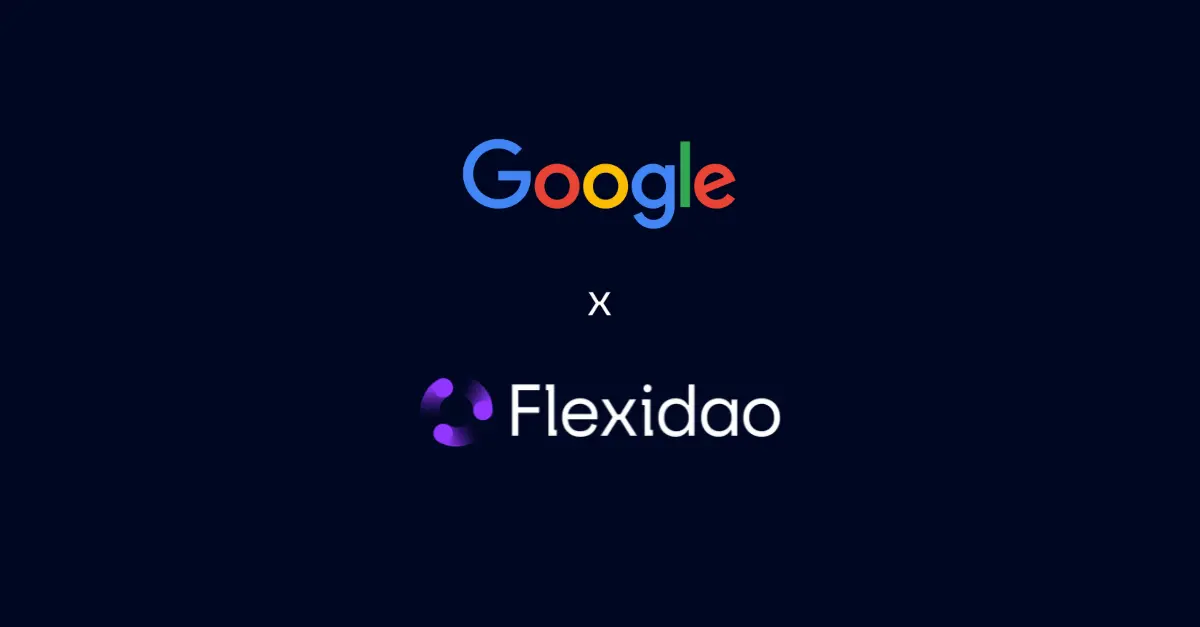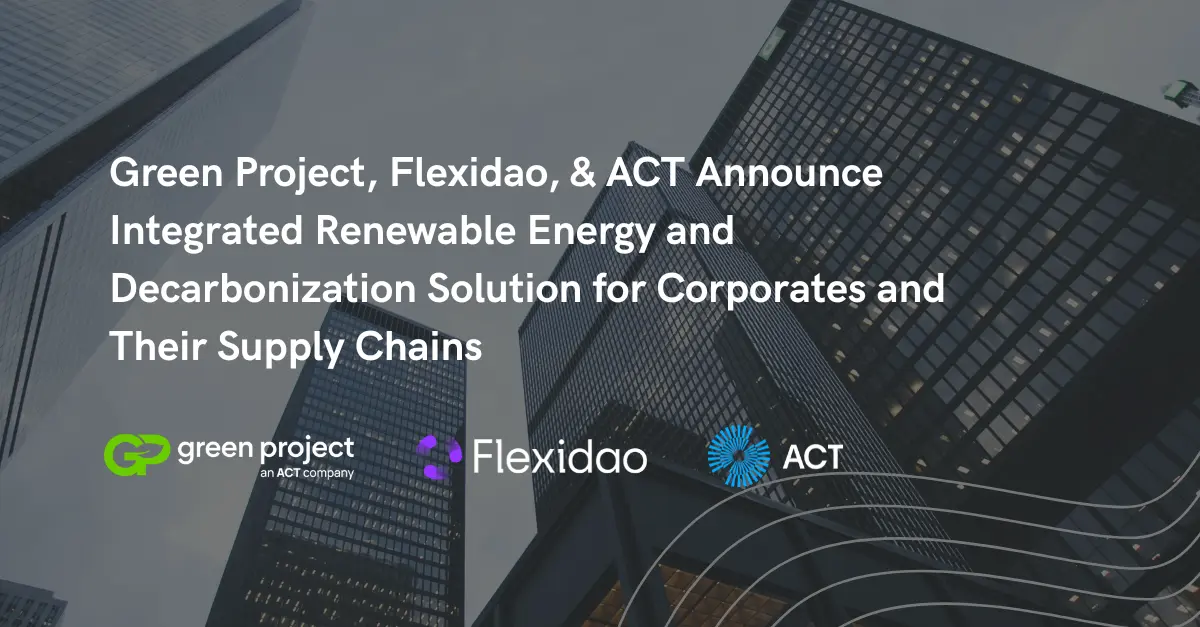How to Manage Renewable Energy Certificates (RECs) alongside other Energy Attribute Certificates (EACs)
How to Manage Renewable Energy Certificates (RECs) alongside other Energy Attribute Certificates (EACs)
Understand how REC purchases work, the different sources they come from and how to aggregate all the necessary data you need.
Renewable Energy Certificates (RECs) are a market-based instrument that serves as an important tool for organizations to account for renewable energy procurement. These kinds of schemes are known as Energy Attribute Certificates (EACs) globally, with alternative schemes like Guarantees of Origin (GOs) in Europe and Renewable Energy Guarantees of Origin (REGOs) in the UK.
Understanding what RECs are, the part they play in a clean energy strategy and best practices for managing them alongside your global portfolio of other EACs is essential for US businesses seeking to improve their renewable energy procurement approach.
What are RECs?
One REC certifies the generation of 1 megawatt-hour (MWh) of electricity from renewable sources, such as wind, solar, or hydroelectric power, and its injection into the power grid. When a wind farm, solar plant, or any renewable energy producer generates electricity, they not only produce power but also a REC.
How Do REC Purchases Work?
Energy buyers can purchase RECs to support and claim their use of renewable energy. These certificates can be acquired alongside physical electricity (bundled) or separately (unbundled) from the actual power purchase. In sustainability reporting, companies with operations in the US must demonstrate that they have purchased and canceled a sufficient number of RECs to match their electricity consumption. This process allows them to claim that they are supplied by 100% renewable electricity.
Here’s a breakdown of the steps this takes:
- When a wind or solar farm generates electricity, they also create a REC. This REC proves that renewable energy was produced.
- The producer can sell both the electricity and the REC separately. While the electricity goes into the grid and mixes with other sources, the REC stays with the producer.
- Businesses can buy these RECs to claim they are using renewable energy. Even if their power comes from a mix of sources, the REC shows that an equal amount of renewable energy was generated for them.
- Once they use (or "retire") the REC, they can legally say they are using renewable energy.
Businesses with operations in the US therefore use REC’s to substantiate their renewable energy claims and in their reporting to common disclosure schemes like RE100 and CPD. For organizations with global operations, aggregating, standardizing and managing the different types of energy attribute certificates across their whole portfolio presents quite the challenge. Given their diverse geographical footprint, these businesses source EACs from various regions and countries, each with its own unique requirements and challenges.
Challenge with Managing Different EAC Purchases
The lack of standardization across different EAC data formats and integration mechanisms hinders effective clean energy management. Diverse data sources, varying quality standards, and accessibility challenges complicate data collection and analysis. This makes it difficult to achieve a comprehensive overview of Global EAC portfolios and drive progress towards clean energy goals. Below are some examples of the challenges.
- Inconsistent data formats
RECs and other EAC schemes can come in a variety of formats, including registry documents, attestations, PDFs, and Excel files. For instance, trying to combine all the data you receive in PDF format with data in CSV format can be a difficult and error prone process.
- Quality assurance
Verifying the accuracy of REC and other EAC data, especially when dealing with international sources, can be challenging due to language barriers and differing standards.
- Data access restrictions
Some regions may have strict data privacy regulations or limited access to EAC data, making it difficult for businesses to obtain the necessary information. While some regions like the EU have established EAC markets with readily available information, others (such as Southeast Asia) may require more extensive research and coordination.
To effectively manage global portfolios which include RECs and other EACs, it is crucial to overcome the challenges posed. Standardization efforts and efficient data integration tools can play a vital role in addressing these issues.
How Flexidao Helps with Efficient EAC Data Management
Flexidao simplifies Global EAC management by acting as a central hub for multiple registries. Our platform integrates with both online and offline registries, consolidating all of your global EACs, including RECs, GOs, I-RECs, REGOs and more in one place. This enables automated data retrieval, near real-time transactions via API, and simplified portfolio management.
By automating EAC data collection from official sources, Flexidao’s platform can ensure data quality and security. This data can be integrated into the platform, sent to the client's software, or exported for further analysis.
Flexidao’s capabilities are available for a wide range of countries, with the specific functionalities depending on the individual country's requirements. In some countries, Flexidao can read and write EAC data once the necessary setup is complete, which typically involves having a client account in the registry and providing authorization for Flexidao to access the account.

Contact us to experience the benefits of automated REC and EAC management and optimize your electricity management portfolio.








